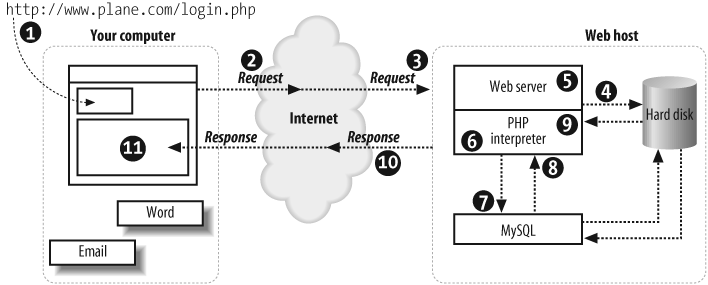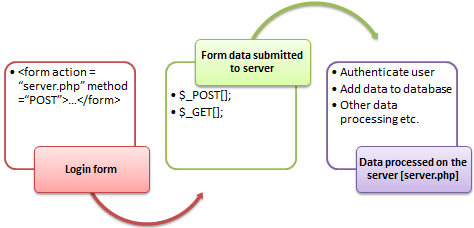Introduction
PHP is a widely used programming language that is designed to build dynamic web applications. It is an open-source language, which means that it is free to use, and has a vast community of developers who contribute to its development. PHP is used by millions of websites, including some of the biggest websites on the internet, such as Facebook, Wikipedia, and Yahoo.
PHP is a server-side scripting language, which means that it is executed on the server before being sent to the client's browser. This allows developers to create dynamic web pages that can interact with databases, generate dynamic content, and handle user input. In this article, we will explore the basics of PHP and provide some examples of its use.
PHP is a language that is designed to be easy to learn and use. It has a simple syntax that is similar to C and Perl, which makes it accessible to beginners. Here are some of the basics of PHP:
1. Variables: Like many programming languages, PHP uses variables to store data. Variables are declared using the $ symbol, followed by the variable name. For example, $name = "John" would declare a variable called name with the value of "John".
2. Operators: PHP has a variety of operators, including arithmetic operators (+, -, *, /), comparison operators (==, !=, >, <), and logical operators (&&, ||). These operators allow developers to perform calculations and comparisons.
3. Control structures: PHP has a variety of control structures, including if/else statements, loops (for, while, do/while), and switch statements. These structures allow developers to control the flow of their code and perform different actions based on conditions.
4. Functions: Functions are a key part of PHP, and they allow developers to create reusable code. Functions are declared using the function keyword, followed by the function name and parameters. For example,
function add($a, $b) {
return $a + $b;
}
would create a function called add that takes two parameters and returns their sum.
Here are some examples of how PHP can be used?
1. Creating a contact form: PHP can be used to create a contact form on a website. The form would collect user input and send it to the website owner's email address. This is done using the mail() function, which sends an email.
2. Creating a login system: PHP can be used to create a login system for a website. This system would authenticate users and allow them to access different parts of the website based on their permissions. This is done using a combination of PHP, HTML, and a database.
3. Displaying dynamic content: PHP can be used to display dynamic content on a website. For example, a news website might use PHP to display the latest news stories, which are stored in a database. The PHP code would retrieve the stories from the database and display them on the website.
4. Processing form data: PHP can be used to process form data that is submitted by users. This is done using the $_POST superglobal, which contains the form data. The PHP code would retrieve the form data and process it, for example by inserting it into a database.
Here are some suggestions on where to learn PHP?
Overall, there are several resources available for learning PHP, and it's important to choose the one that works best for you. Whether it's online courses, books, documentation, online communities, or practice projects, the key is to keep practicing and applying what you learn.






Very informative blog 💝
ReplyDelete